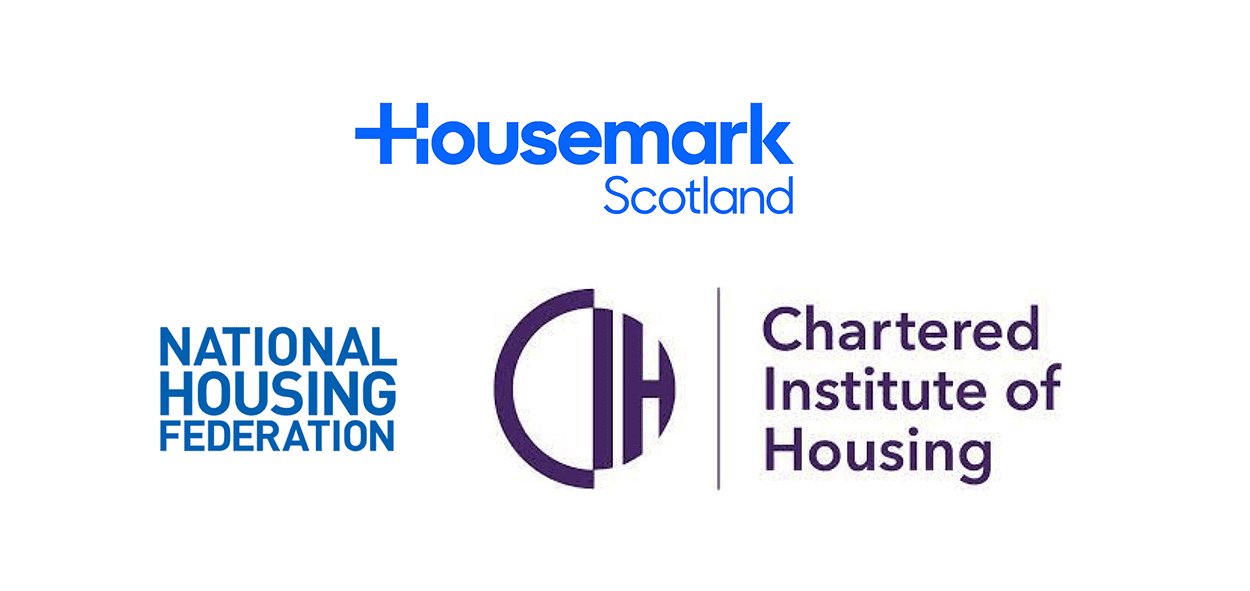6 essential strategies for a smooth transition from analogue to digital telecare systems
By Andrew McAllister, Account Manager for PfH Scotland
In Scotland, approximately 20% of individuals aged 75 and older, around 137,000 people, rely on community alarms or telecare services to remain safe, supported, and independent. Many of these residents live in social housing, where housing associations or local councils often manage their telecare services.
As telecom networks shift from analogue to digital connectivity over the next year, social landlords face a significant challenge. The analogue telephone network, which has supported telecare solutions, burglar alarms, traffic lights, and payment terminals for decades, is being phased out. The majority of telecom companies will deactivate their analogue landline networks by December 2025, with the remaining networks to be shut down by January 2027.
The move to digital will impact telecare systems considerably. Many analogue devices may not function reliably with the new digital infrastructure, leading to an increase in telecare call failures, as already observed in Scotland.
To navigate this transition successfully, local authorities and housing associations must review, test, and possibly upgrade their telecare systems, often transitioning to technologies that use mobile networks. Strategic procurement will play a crucial role in this process, from sourcing equipment and managing tenders to developing specifications that meet tenants’ needs and securing cost-effective solutions throughout the contract lifecycle.
Here are 6 key procurement strategies housing associations and councils should consider for a smooth digital migration:
- Embrace New Opportunities: Use the transition as an opportunity to enhance care services. Rather than simply replacing old equipment, consider how digital technology can offer more personalised and flexible care options. Technology-enabled care (TEC) can support tenants beyond their homes, integrate with smart systems for lighting, heating, medication reminders, and health monitoring, and even utilise AI to predict and address potential health needs proactively.
- Get organised: Start planning the transition now. With many social landlords across Scotland and the UK making similar changes, acting promptly will allow you more flexibility in choosing suppliers and equipment.
- Refine Your Specifications: Tailor your specifications to meet the unique needs of your tenants. A well-defined brief will help suppliers understand the specific requirements of your service, including interoperability needs to ensure seamless integration between different systems.
- Access Available Resources: Leverage resources provided by Digital Telecare for Scottish Local Government, including guidance, the Digital Telecare Playbook, and the Implementation Award Scheme, which recognizes organizations achieving significant milestones in their digital transition.
- Work Together and Align Efforts : Share experiences and strategies with other housing providers to facilitate a smoother transition for everyone. Engage with forums like the M365 Cross-Organisation Collaboration programme and the Openreach ALL IP Scottish Forum to stay informed and connected.
- Contract Manage Suppliers Effectively: Establish clear key performance indicators (KPIs) and maintain regular communication with your telecare suppliers. Regular review meetings will help address any issues promptly, ensuring that critical telecare services continue to function effectively.
As the focus of health and social care shifts towards preventative measures and in-home support, telecare will become increasingly vital. Proper planning and strategic procurement will ensure a seamless, safe, and efficient transition to digital telecare, benefiting both your organisation and your tenants.
This article was originally published in Scottish Housing News: Read original article here
To find out how we can help with preparing a smooth transition from analogue to digital telecare systems, please have a look at here.



